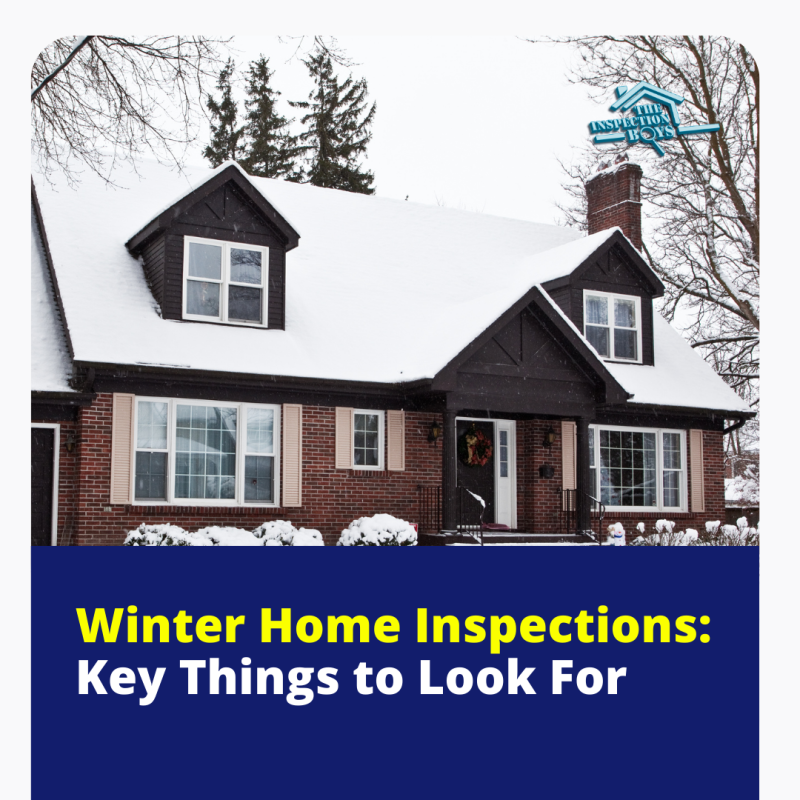Winter can be a challenging season for homes, making it an important time for thorough inspections. During the colder months, certain issues become more apparent, and it’s crucial for home inspectors to identify these potential problems early on. Whether you’re a homeowner preparing for winter or a buyer considering a property purchase, here’s what to focus on during a winter home inspection.
Heating Systems
When the temperature drops, the heating system becomes the most vital part of the home. Licensed home inspectors will first check the condition and efficiency of the furnace, boiler, or heat pump. This involves testing the thermostat, inspecting filters, and looking for signs of wear and tear. Home inspection services also examine ductwork to ensure proper airflow throughout the house. If a heating system is outdated or malfunctioning, it could mean costly repairs or a complete replacement.
Roof and Gutter Inspection
Winter weather puts roofs to the test. Inspectors carefully examine the roof for missing shingles, cracks, or signs of damage that could lead to leaks once snow accumulates. Ice dams can form on the roof edges, trapping water and causing leaks. Home inspectors also assess gutters and downspouts for blockages that might prevent proper drainage. Ensuring the roof and gutters are in good condition helps prevent water damage and other weather-related problems.
Insulation and Ventilation
Proper insulation and ventilation are key to maintaining a comfortable temperature and energy efficiency in the home. During winter inspections, home inspectors look at the attic, walls, and crawl spaces for adequate insulation. Poor insulation can result in heat loss, leading to higher energy bills. The inspector will also check for signs of condensation, mold, or mildew, which could indicate ventilation issues. Ensuring proper ventilation helps prevent moisture build-up, which can cause damage over time.
Windows and Doors
Windows and doors are common sources of drafts during winter. A licensed home inspector will examine seals and weatherstripping around windows and doors to ensure they are intact. Any gaps, cracks, or drafts can result in heat loss and increased heating costs. Home inspection services often use thermal imaging to identify areas of heat loss and recommend appropriate measures to improve insulation.
Foundation and Exterior Walls
Cold weather can cause expansion and contraction in building materials, potentially leading to cracks in the foundation and exterior walls. Home inspectors look for signs of damage such as cracks, gaps, or moisture seepage. Early detection of foundation issues can save homeowners from more extensive repairs in the future. The inspector will also assess the condition of siding, brickwork, or stucco to ensure that the home’s exterior can withstand harsh winter conditions.
Plumbing and Pipes
Winter temperatures can cause pipes to freeze and burst, resulting in significant water damage. During a winter inspection, home inspectors check exposed pipes for insulation and look for signs of leaks. They also inspect faucets, water heaters, and sump pumps to ensure they are in good working condition. Properly insulated pipes are crucial to preventing costly repairs and water damage.
A thorough winter home inspection can help homeowners identify and address issues before they become major problems. By hiring a licensed home inspector to perform these checks, you can ensure your home is well-prepared for the cold season, reducing the risk of unexpected repair costs. Winter may present unique challenges, but with the right inspection, you can keep your home safe and warm throughout the season.

